ABSTRACT
The Marais district, in Paris, was one of the first to be recognized as a secteur sauvegardé, a designation given to an urban area of heritage value especially protected by French legislation from 1962 onwards. From that point onwards, the criticisms to the changes undertaken by the district mounted and, in the international scene, the Marais is often taken as an example of a heritagization process that led to the gentrification of the place. Thus, this article discusses the binomial heritagization/gentrification from the Marais case, presenting the process of neighborhood preservation in the context of the Malraux law, in 1962; the evolution of the urban heritage preservation concept and instruments throughout more than 50 years; and of the urban dynamics of Paris, a heritage, tourist, and “gentrified” capital. To this end, empirical data are used, showing, among others, the Marais situation within the demographic and socioeconomic changes experienced by the French capital. At the same time, a discussion on the gentrification concept and its generalized appropriation to characterize any process of socioeconomic transformation that implies the increase of the richest portion of a given population or, still, as a perverse consequence of any urban intervention is proposed.
KEYWORDS:
Urban heritage; Gentrification; Secteur sauvegardé; Marais

 Thumbnail
Thumbnail
 Thumbnail
Thumbnail
 Thumbnail
Thumbnail
 Thumbnail
Thumbnail
 Thumbnail
Thumbnail
 Thumbnail
Thumbnail
 Thumbnail
Thumbnail
 Thumbnail
Thumbnail
 Thumbnail
Thumbnail
 Thumbnail
Thumbnail
 Thumbnail
Thumbnail
 Thumbnail
Thumbnail
 Thumbnail
Thumbnail
 Thumbnail
Thumbnail
 Thumbnail
Thumbnail
 Thumbnail
Thumbnail
 Thumbnail
Thumbnail
 Thumbnail
Thumbnail
 Thumbnail
Thumbnail
 Thumbnail
Thumbnail
 Thumbnail
Thumbnail
 Thumbnail
Thumbnail
 Thumbnail
Thumbnail
 Thumbnail
Thumbnail
 Thumbnail
Thumbnail
 Thumbnail
Thumbnail
 Thumbnail
Thumbnail
 Thumbnail
Thumbnail
 Thumbnail
Thumbnail
 Elaborado pela autora (2022), Adaptado de Wikimedia Commons.
Elaborado pela autora (2022), Adaptado de Wikimedia Commons.
 Elaborado pela autora (2022).
Elaborado pela autora (2022).
 Elaborado pela autora (2022).
Elaborado pela autora (2022).
 Elaborado pela autora (2022).
Elaborado pela autora (2022).
 Elaborado pela autora (2022).
Elaborado pela autora (2022).
 Elaborado pela autora (2022).
Elaborado pela autora (2022).
 Elaborado pela autora (2022).
Elaborado pela autora (2022).
 Fonte:
Fonte:  Elaborado pela autora (2022).
Elaborado pela autora (2022).
 Elaborado pela autora (2022).
Elaborado pela autora (2022).
 Elaborado pela autora (2022).
Elaborado pela autora (2022).

 Fotos: Maria Regina Weissheimer.
Fotos: Maria Regina Weissheimer.
 Fotos: Maria Regina Weissheimer.
Fotos: Maria Regina Weissheimer.
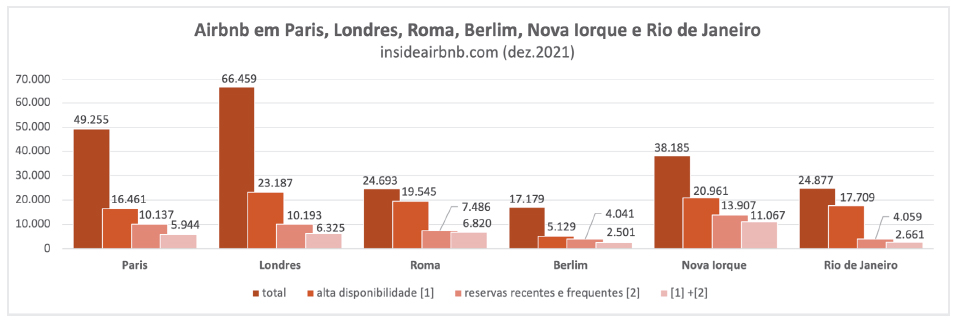 Elaborado pela autora (2022).
Elaborado pela autora (2022).
 Elaborado a partir de Inside Airbnb.
Elaborado a partir de Inside Airbnb.
 Fonte: Elaborado a partir de
Fonte: Elaborado a partir de  Elaborado pela autora (2022).
Elaborado pela autora (2022).
 Elaborado pela autora (2022).
Elaborado pela autora (2022).
 Elaborado pela autora (2022).
Elaborado pela autora (2022).
 Elaborado pela autora (2022).
Elaborado pela autora (2022).
 Elaborado pela autora (2022).
Elaborado pela autora (2022).
 Elaborado pela autora (2022).
Elaborado pela autora (2022).
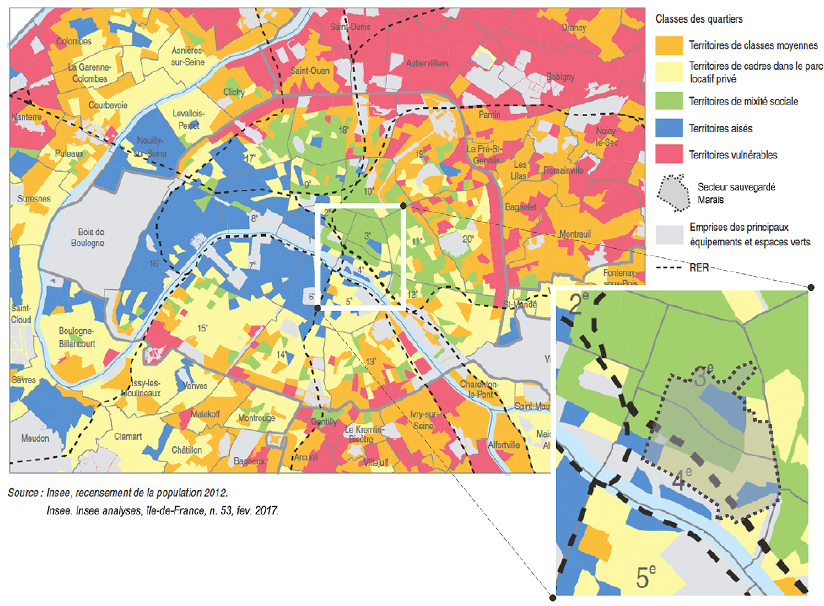 Elaborado pela autora (2022).
Elaborado pela autora (2022).
 Elaborado pela autora (2022).
Elaborado pela autora (2022).
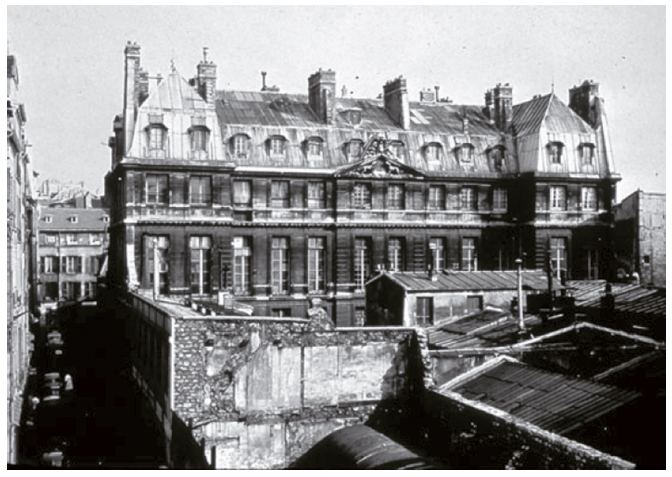
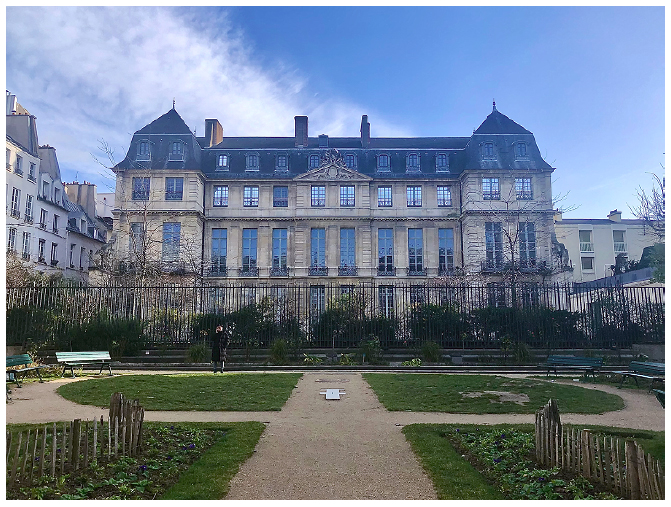 Foto: Maria Regina Weissheimer.
Foto: Maria Regina Weissheimer.
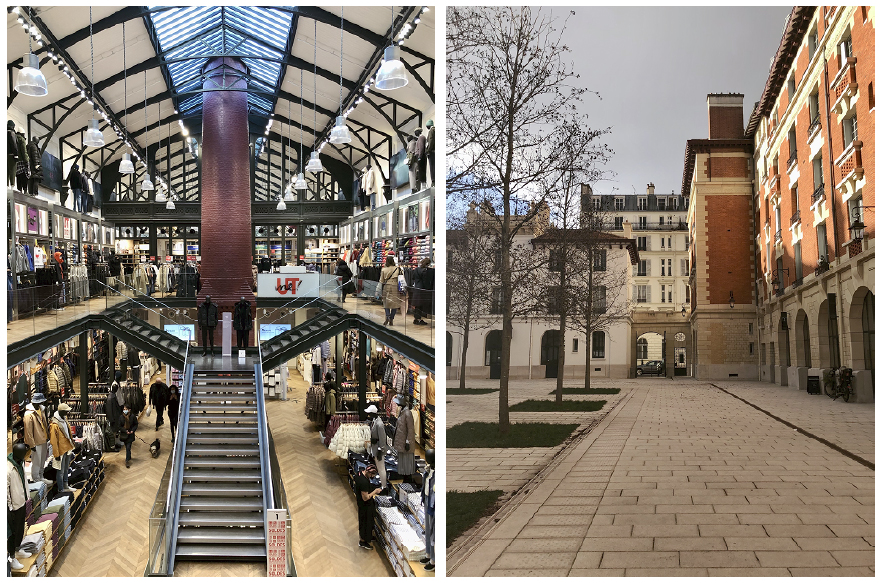
 Fonte:
Fonte: